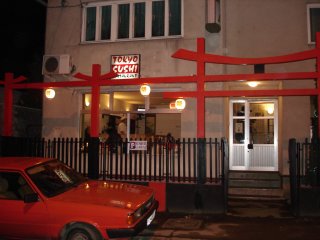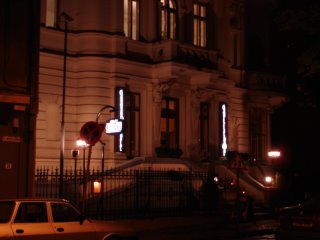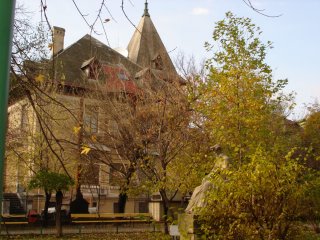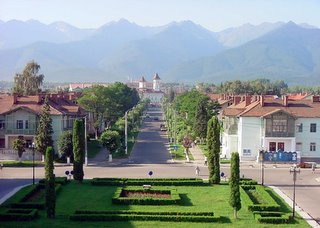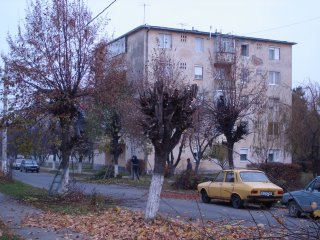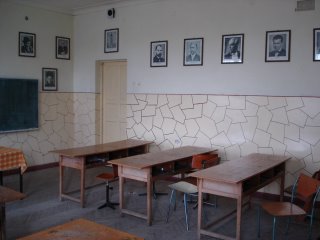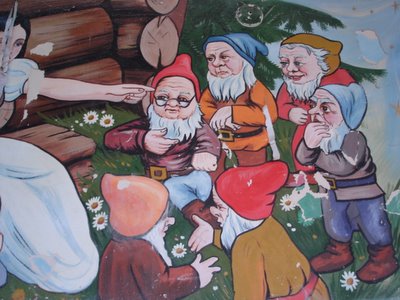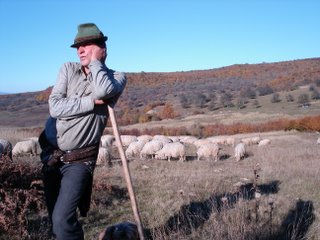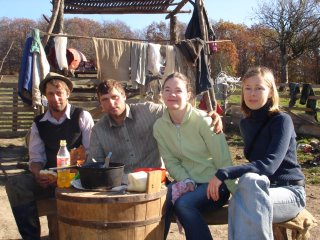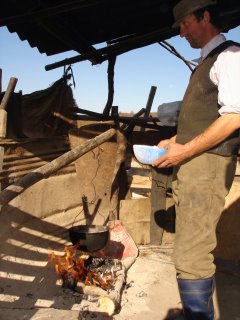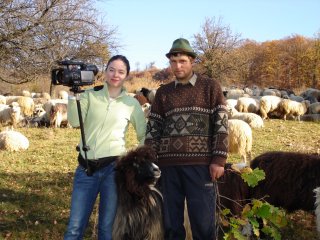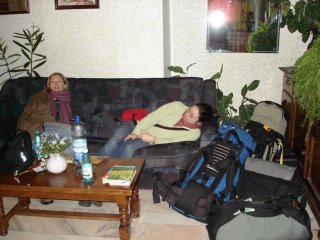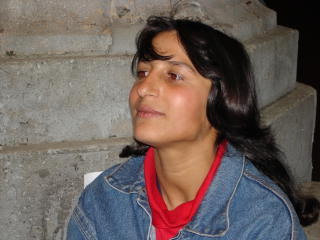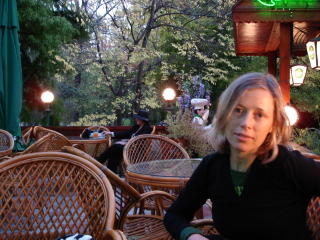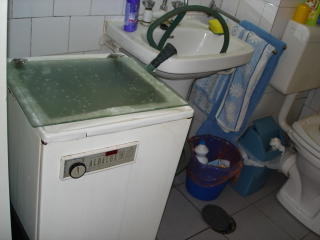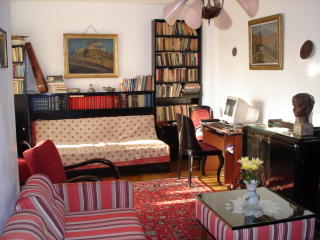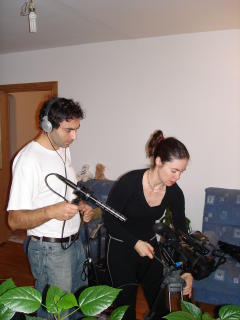Romania - Final Thoughts
Sadly, my Romania trip is coming to an end. I'm off to US for the holidays and then starting school in Boston in January. On my last night in Romania, my cousin Titi asked me what I thought about Romania overall. I had been thinking about this question for a while. My short answer is, I believe Romania is a country full of vitality and hope and that, in due course, it will reach the same standard of living as other European countries. Intelligent, ambitious, young people like my cousins will be the key to this country's transformation from a communist stalwart to a modern democratic society.
My long answer needed another experience before I could vocalize it. That experience came the next day on the way to the airport. As usual, I called our friendly and honest taxi driver, Daniel, who promptly showed up in his rickety Dacia ready to whisk me away. Daniel's car is an interesting machine. It runs on both methane gas and gasoline. Methane gas is much cheaper than gasoline so he retrofitted his car to go back and forth between the two types of fuel at the flip of a switch. Typical Romanian ingenuity! During the trip he ran out of methane gas and had to pull over and switch to gasoline as we no time to refill. Although his car was made to run on gasoline, the engine had a terrible time with it and kept sputtering along all the way to the airport. According to Daniel, the car was now used to running on methane gas and didn't like gasoline anymore. Oh well, he wasn't going to worry to much about it because he was planning to get a new car in a couple of years.
Afterwards, I thought about this experience and realized its metaphorical analogy to my impressions about Romania. Romania is like Daniel's rickety old car. After running on communist subsidies for so many years, the country sputters along on a combination of democracy and market capitalism. The new banking system that offers personal and mortgage loans (something unheard of in the old communist days) and the competitive mobile phone systems are like new parts added to an old engine block to make it run better. Fancy new stores and restaurants are like new trims and finishings. But despite the appearances, the frame still shows signs of rust. Endemic corruption and stiffling bureaucracy will be as hard to eliminate as the rust on an old car. Like a bad powertrain that can't transfer the engine power efficiently to the wheels, the road and rail infrastrcture is showing signs of age and must be upgraded soon. The temptation to switch back to the old ways of doing things is huge, but Romania has no time for it. It must catch the EU train coming January 2007.



